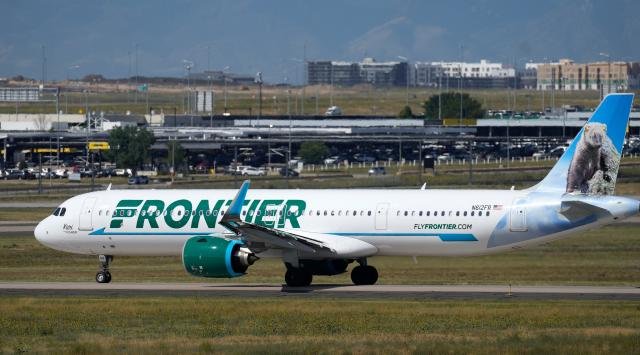Earlier this month, a 16-year-old boy found himself on the wrong flight when he mistakenly boarded a Frontier Airlines plane bound for San Juan, Puerto Rico, instead of Cleveland, Ohio, the intended destination. The airline acknowledged the mix-up and promptly flew the teenager back to Tampa, Florida, on the same aircraft. He was then accommodated on a flight to Cleveland the following day. In response to the incident, Frontier Airlines issued a formal apology to the family affected.
The teenager had initially planned to travel from Tampa to Cleveland on December 22. However, due to the flights to San Juan and Cleveland departing from the same gate, the teen inadvertently boarded the wrong plane. This situation highlights the potential confusion when flights with different destinations share the same departure gate.
Frontier Airlines allows minors aged 15 and older to travel unaccompanied. Unlike some other airlines, Frontier does not have a formal unaccompanied-minor program that provides escorts for children. The lack of such a program means that teenagers flying alone are responsible for navigating the airport and boarding process independently.
While the U.S. Department of Transportation does not regulate travel by unaccompanied minors, airlines typically have specific procedures in place to ensure the well-being of youngsters flying alone. Most carriers allow children to fly without unaccompanied-minor procedures in the United States starting at the age of 15, although some airlines may permit it from the age of 12. Additionally, children can travel internationally on their own if they possess a valid passport.
This incident follows a similar case involving Spirit Airlines, where a child traveling from Philadelphia to Fort Myers was mistakenly placed on a flight to Orlando earlier in the month. Notably, last year, another Frontier Airlines passenger boarded the wrong flight to Jamaica instead of Jacksonville, despite not having a passport. While these incidents are unusual, they underscore the importance of stringent procedures to prevent such mix-ups.
Aviation experts have noted that instances of passengers mistakenly boarding the wrong flight are rare. However, these occurrences highlight the need for increased vigilance, especially when multiple flights are scheduled from the same gate. Airports and airlines must continually assess and enhance their processes to minimize the risk of such errors, ensuring the safety and well-being of all passengers.
In conclusion, the recent case of a teenager mistakenly boarding a flight to Puerto Rico instead of Cleveland emphasizes the challenges and potential confusion in airline travel. While airlines have procedures in place to protect unaccompanied minors, the absence of standardized regulations leaves room for variation in policies across carriers. As the industry learns from these incidents, ongoing efforts are essential to enhance safety measures and prevent similar occurrences in the future.
